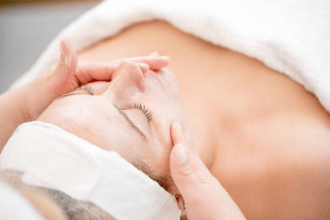Everyone’s body ages differently depending on the kind of job they worked at and the lifestyle they led. But some orthopedic problems are more common than others.
Read on to see what these could be and how you can best deal with them.
1. Dislocations
A dislocation happens when a bone moves out of its original position. There are many reasons why the elderly are more likely to get dislocated joints, but wear and tear and a poor diet have a lot to do with it.
Of course, you might experience immediate pain once the joint gets dislocated, but once it’s popped back in place by an expert, the pain will lessen immensely.
You can avoid dislocations by being extremely careful when you walk around on slippery surfaces and have handrails in your bathroom for when you shower or use the toilet.
If you suffer from frequent dislocations, you can learn more about Orthopaedic Surgery from Orthopaedic Associates of Riverside.
2. Fractures
As you get older, your bone mineral density will reduce drastically. Add to that the fact that your vision won’t be the best and your balance will get unsteady, so it isn’t surprising that fractures become more common as you age.
The best way to prevent these? Add strength-training exercises to your daily exercise routine. Build your muscle, strength, and bone density.
3. Osteoarthritis
This is a degenerative disease that affects certain joints of the body, specifically ankles, hands, fingers, knees, and spine. The problem with this condition is that it affects fine motor skills and dexterity.
This means that you won’t be able to do a lot of activities that were easy for you before. These include knitting, writing, typing, gardening, and more.
As you can imagine, the quality of life of a person with osteoarthritis degrades, as they become more reliant on the people around them to help them with everyday tasks. They are also unable to partake in their hobbies.
Unfortunately, there is no cure for osteoarthritis. That means that all you can do is take in treatments to reduce pain and increase the range of motion.
4. Osteoporosis
Everyone’s bone mass peaks at the age of 30 and then declines thereafter. Even if you are diligent about consuming calcium, and other vitamins and minerals necessary for bone health, bone density loss is inevitable.
This is especially worse in post-menopausal women.
As you get older, your bones become brittle and weak, and more vulnerable to damage. Your orthopedic doctor can suggest ways to prevent injury and slow the rate of bone loss.
Orthopedic Problems to Watch Out for as You Age
These are the top 4 orthopedic problems to watch out for as you get older. Some of these are preventable, and others not so much.
The more active you stay, the healthier you eat, and the more you watch out for stress and other health inhibitors like that, the more easily you can prevent the orthopedic issues mentioned above.
Enjoyed this article? Don’t forget to check out the other health-related articles on our website.














